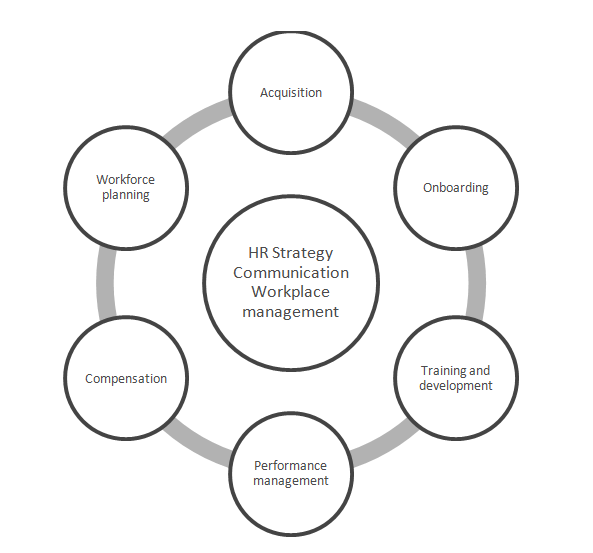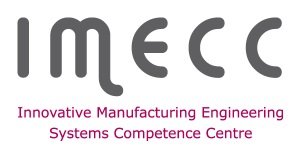Human Resource Management
Human resource management (HRM or HR) is the strategic approach to the effective management of organization workforce. Human resources overall aim is to help the organization gain competitive advantage and achieve its goals through people. HRM is done by implementing and using policies and processes to facilitate work flow, improve efficiency and store and collect information.
In recent decade the awareness and expectations of workforce has been changing. Along with it are the new generations that have entered the labor market, that also have shifted the focus even more to the importance of effective human resource management.
Main challenges that organization face are (1) how to deal with the changing expectations of the workforce, (2) how to maximize the potential of their employees and (3) attraction and retention of the employees.
It has created the need to look at HRM as integrated system, not only as individual elements or process of administrating workforce. The competition for workforce has pressured more and more organizations to develop HR strategies to overcome the challenges and gain competitive advantage.
Human Resources Auditing Tool
The objective of the HRM systems auditing tool (HR Audit) is to get an overview of the extent to which organizations are using different HRM systems and policies in their workforce management and to increase the awareness about HRM in general in the process.
HR Audit is based on the talent management cycle (see Fig. 1) and in addition overall functions in organization that are closely connected to people management and relations (HR strategy, communication, workplace management).

Figure 1. Talent management lifecycle.
The level of human resource management reflects the implementation level of various HRM systems.
HR Audit report gives feedback in ten categories of HRM:
- Strategy of HRM
- Workforce planning and data management
- Acquisition
- Training and development
- Retention of employees and competencies
- Workplace management and safety
- Communication and feedback
- Performance management and assessment
- Compensation
- Outcome management
Auditing Process
Auditing process involves three stages (see Fig 2), which is based on the developed questionnaire.

Figure 2. HRM Audit process.
1. Self assessment questionnaire
In the self-assessment questionnaire includes 10 categories, each having five questions (total of 50 questions). The tool is accessible over the Internet and takes time approximately 15-30 min, depending of the knowledge about the organization and its HR systems in place.
2. Report
- Indication about the level of HRM systems and processes in a company
- Results in ten HRM categories
- Primary automatic recommendations based on the results
- Input for potential follow-up consultation and/or involving an expert to help the development of HRM systems
- In future: analysis about the situation by time intervals


